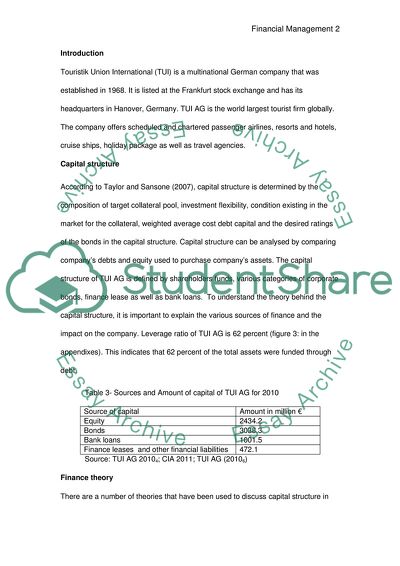Cite this document
(Corporate Finance of Touristik Union International Case Study - 1, n.d.)
Corporate Finance of Touristik Union International Case Study - 1. Retrieved from https://studentshare.org/finance-accounting/1750483-faisal-finance
Corporate Finance of Touristik Union International Case Study - 1. Retrieved from https://studentshare.org/finance-accounting/1750483-faisal-finance
(Corporate Finance of Touristik Union International Case Study - 1)
Corporate Finance of Touristik Union International Case Study - 1. https://studentshare.org/finance-accounting/1750483-faisal-finance.
Corporate Finance of Touristik Union International Case Study - 1. https://studentshare.org/finance-accounting/1750483-faisal-finance.
“Corporate Finance of Touristik Union International Case Study - 1”, n.d. https://studentshare.org/finance-accounting/1750483-faisal-finance.


